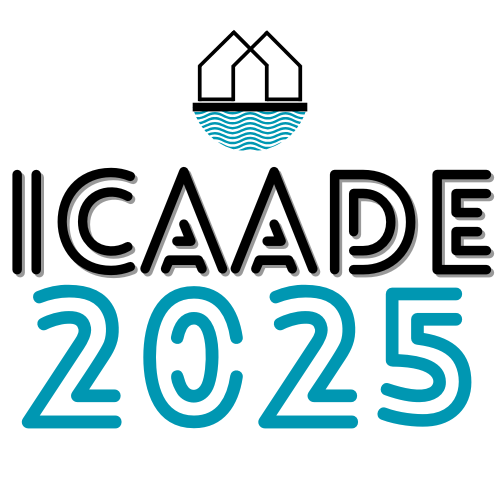NAVIGATE 2019 WEBSITE
RETURN TO 2023
CONFERENCE
Keynote Speakers
Plenary Speakers
Program
Welcome Reception
Conference Dinner
”Amphibious Warsaw” Field Trip
Registration
For Authors
Topics
Posters
Publication
Important Dates
Policy Symposium (GAPS)
Issue & Proposal
Schedule
Registration
LOCAL INFORMATION
Travel & Transportation
Accommodation
Amphibious Warsaw
Sponsors
Become a Sponsor
2019 Sponsors
ICAADE 2019 in Media
COMMITTEES
Executive Committee
International Steering Committee
Local Organizing Committee
Scientific Review Committee
CONTACT US
PREVIOUS CONFERENCES
The third International Conference on Amphibious Architecture, Design and Engineering will be held at the Faculty of Architecture, Warsaw University of Technology in Warsaw, Poland from October 13 to 16, 2019.
What is Amphibious Architecture?
Amphibious architecture refers to an alternative flood mitigation strategy that allows an otherwise ordinary structure to float on the surface of rising floodwater rather than succumb to inundation. An amphibious foundation retains the building’s connection to the ground by resting firmly on the earth under usual circumstances, yet it allows the building to float as high as necessary when flooding occurs. It is a flood mitigation strategy that works in synchrony with a flood prone region's natural cycles of flooding, rather than attempting to obstruct them.
Amphibious construction may also refer to one of several hybrid conditions. One such is where the weight of a structure is partially supported by both land and water simultaneously. Another situation is where a mechanical system as jacks or hydraulic pumps are used to elevate the structure temporarily. "Wetproofing" is another hybrid strategy, whereby residents occupy the first floor during dry seasons and move to an upper floor during periods of flooding.
Amphibious design also includes the concepts of land use planning, site selection, community resilience issues such as the place of amphibious buildings in multiple-lines-of-defense systems, and policy considerations. Amphibious engineering addresses infrastructure, mechanical systems and utilities issues, system components and selection criteria, and codification and certification concerns.



